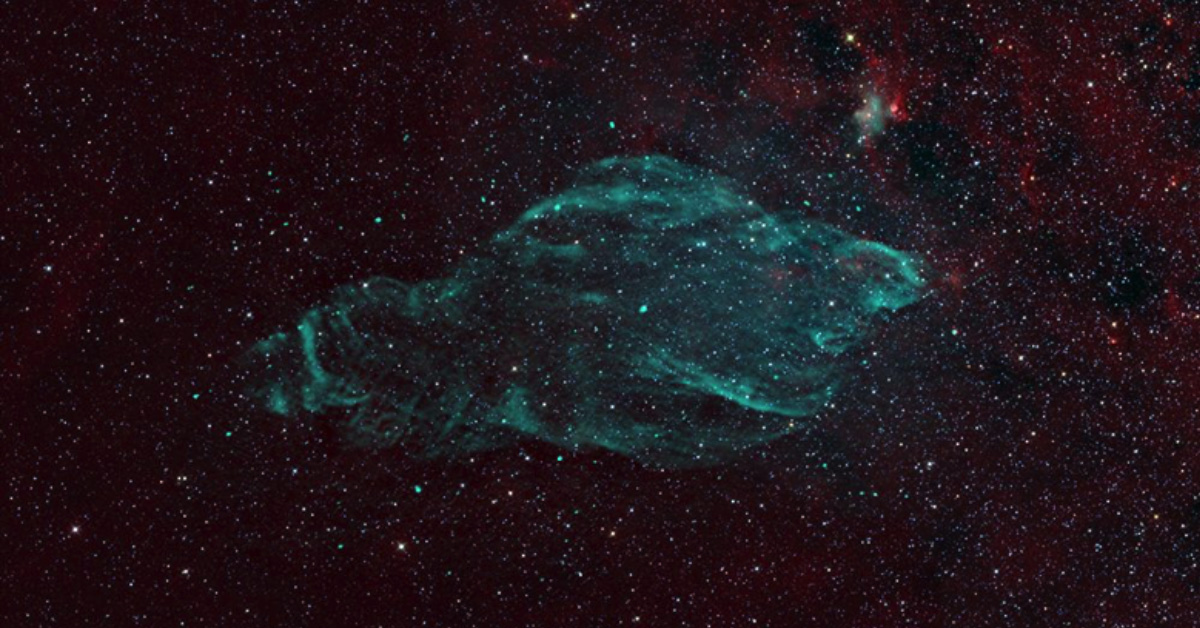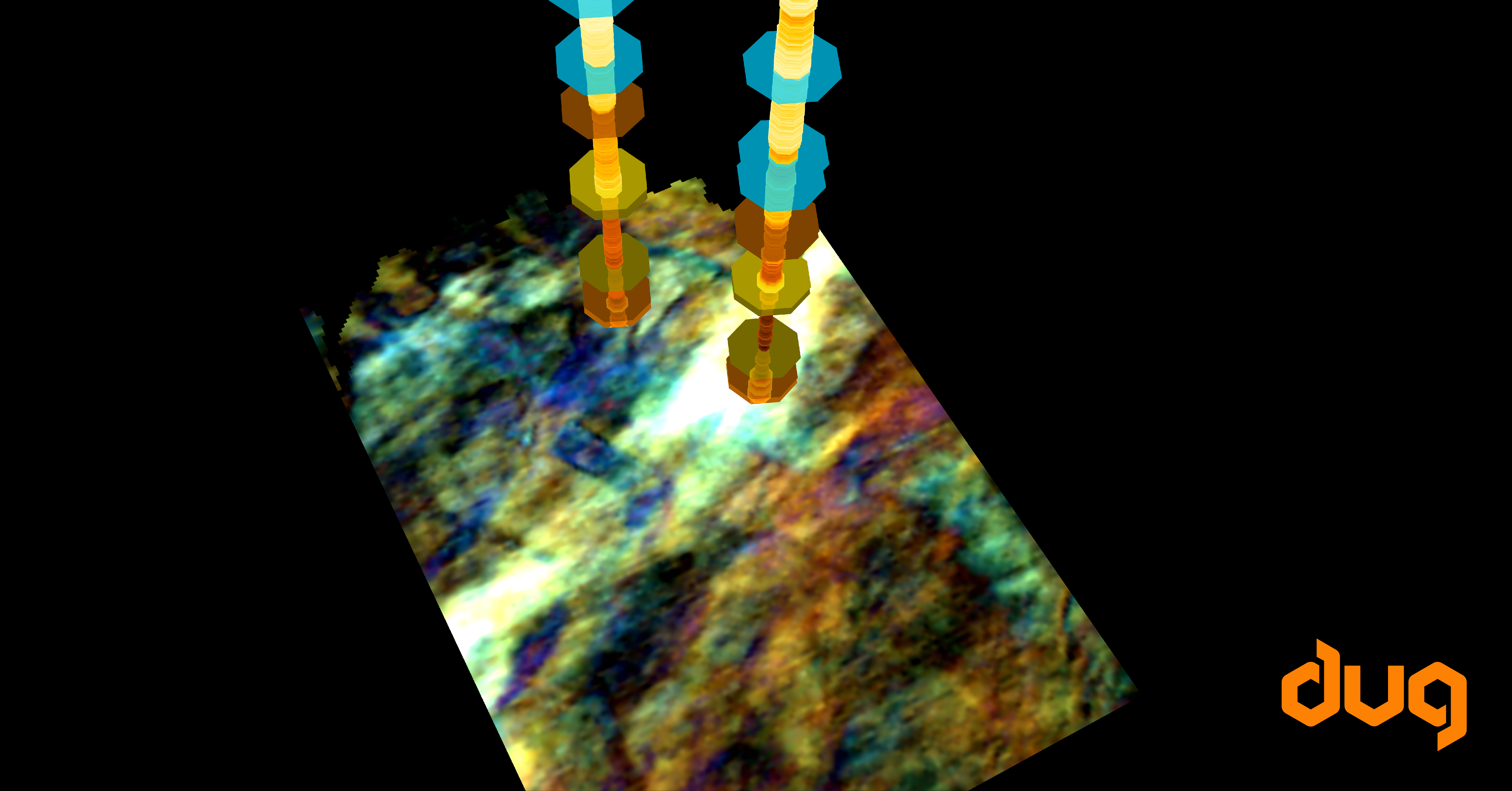Radio astronomy put the Big Bang Theory on solid ground when radio astronomers, Robert Wilson and Arno Penzias, discovered a cosmic “hum” called the cosmic microwave background radiation (CMB) – by accident!
Ever since the Big Bang Theory burst onto the scene, astronomers have been looking to the skies and collecting radio wave emission data to understand how the stars and galaxies in our universe form.
Trusted expertise in processing radio astronomy data.
Taking into account the complexity of this research field, the sky’s the limit for the number of software packages and applications used for data processing.
At DUG, our high-performance computing (HPC) experts have been working extensively with the astrophysics and astronomy communities in Australia to build, install, tune, and optimise a number of packages and workflow systems used in the field. Having these packages integrated into the DUG McCloud environment, supported by our HPC experts, allows researchers to free themselves from HPC challenges, and concentrate on their science.
Here are some of the astronomy software packages our HPC specialists are using at DUG:
DALiuiGE and OSKAR are both open source software systems developed by the International Centre for Radio Astronomy Research (ICRAR). The former is a workflow execution engine used in processing large astronomical datasets, designed to optimise the moving data around during processing. The latter is a flexible piece of software that simulates visibility data from radio telescopes such as the SKA. DALiuGE and OSKAR have been run at DUG on up to 4500 nodes and can utilise many different architectures, including GPUs.
Yandasoft is a modular suite of applications and software, developed by the Australia Telescope National Facility (ATNF), used for calibrating, imaging, and analysing interferomic radio telescope data. DUG has collaborated with CSIRO to help test and improve the imaging software, particularly for the SKA telescopes and its ASKAP precursor telescopes.
The Common Astronomy Software Applications (CASA) package consists of signal processing software for interferometry data, developed by an international team of scientists based at the National Radio Astronomy Observatory (NRAO), the European Southern Observatory (ESO), and the National Astronomical Observatory of Japan (NAOJ). The casacore package uses “Measurement Sets”, which are a fundamental format for radio astronomy data also used by OSKAR and Yandasoft. It is used to process data from the ALMA and VLA telescopes.
WSClean is a fast generic wide field imager developed by the Netherlands Institute for Radio Astronomy (ASTRON), implementing a w-stacking image-cleaning algorithm for radio astronomy imaging. Projects have been run for applications involving telescopes which have huge numbers of baselines due to the large number of antennas, such as the MWA or SKA. ICRAR has worked with DUG on running the software for the automatic detection of satellites from whole-sky observations, and we’re currently planning to run it for ASKAP imaging.
Stay tuned for updates to our very own proprietary software – DUG Insight – that we are extremely excited to share with the world. The update is professionally tailored for applications in radio astronomy and will provide necessary processing and visualisation tools for the SKA project.
Partnership with Curtin testament to our supercomputing prowess.
DUG recently entered into a decade-long partnership with Curtin University, providing reliable and cost effective HPC for the tertiary education sector’s specialised research and data analysis needs.
The partnership has already had an impact in radio astronomy and astrophysics communities connected to the SKA project.
The SKA is a colossal research facility which will generate a deluge of data that will challenge existing and future computing requirements. Think hundreds of exabytes (1 exabyte = 1000 petabytes and 1 petabyte = 1 million gigabytes) of data!
With DUG’s high-performance computing expertise, the convenience to store and process these mountains of data, all readily available at the fingertips of Curtin’s researchers, the sky is the limit. This empowerment enables them to accelerate their search for the first stars and galaxies, all in the name of humankind’s quest to unravel the mysteries of the cosmos, one byte at a time.




































